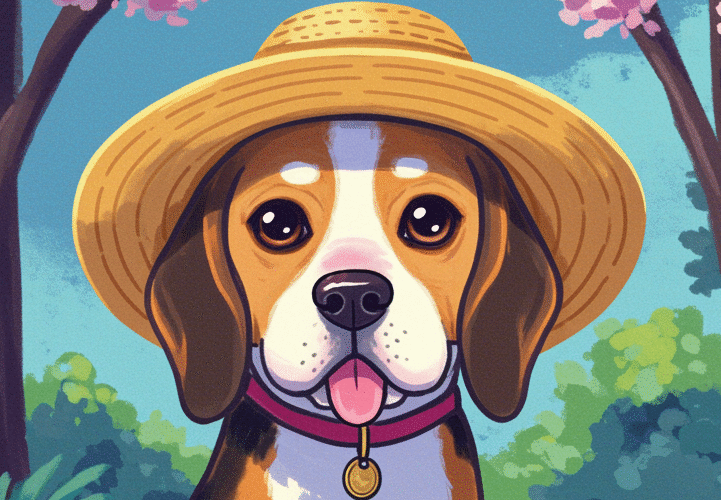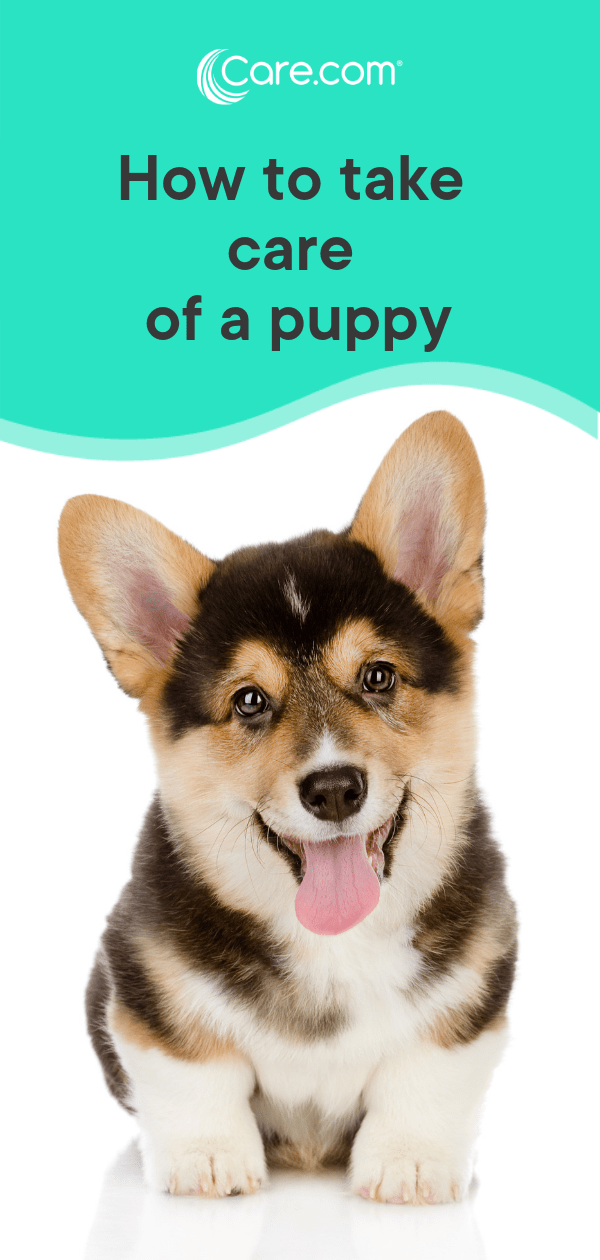
When bringing a new puppy home, it’s essential to know how to take care of a puppy dog properly. Puppy dog owners should be aware of their new friend’s heightened sense of curiosity, which means that it is crucial to make the home a safe and happy place for the new pup. You should avoid keeping potential hazards such as electrical cords, breakable objects, and other potentially toxic items in your home. Puppy dogs are also likely to chew and scratch things around their environment. Make sure to put away breakable items high and out of reach, and make sure that no small items are in reach. You should also make sure that any latches and hardware are chew-proof. It is best to use a latch that requires opposable thumbs.
Exercise
To keep your puppy dog active, you need to vary the type of exercise that you give it. Some breeds mature very slowly and may require more activity than others. Giant breeds can be very large, so you may need to hold off on some activities until your dog is fully grown. Toy breeds, on the other hand, grow faster and require a smaller amount of activity as puppies. Fortunately, there are several ways you can exercise your dog without causing him any pain or stress. You can try dog agility ball workouts, which will give your puppy a great workout while also sharpening his obedience and dexterity.
Exercise puppy dogs is not always possible, however. Because puppies are not fully developed and do not yet have vaccinations, traditional forms of exercise will not be safe for them. If you’re concerned that your puppy might get injured, you can start by teaching him or her basic commands. Training counts as exercise, but make sure that you keep training sessions short and brief.
Potty training
When potty training a puppy dog, it is essential to provide plenty of opportunities for the puppy to relieve itself. You should take the puppy out at least every 45 minutes, and ideally more frequently. During the training process, you should use a verbal cue to remind your pup that it needs to go outside.
During the potty training phase, be sure to stay prepared for rainy days. Place a large umbrella near the door to keep both you and your puppy dry. Also, always keep a towel nearby to dry off your dog’s paws after going outside. This will help avoid accidents caused by muddy paws or snow.
Socialization
Puppy socialization is an important part of dog training. It will help your dog acclimate to new situations and avoid common fears such as fear of cars and children. It will also help your dog grow into a well-mannered companion. Here are some tips to socialize your puppy dog.
The first step is to expose your puppy to as many different people as possible. Make sure your puppy gets to interact with many different people of different sizes, ages, and genders. Even if you don’t have children, find friends with children who are dog-savvy. You can also take your puppy to pet stores, as these often have different opportunities for puppy socialization.
Food
Among other things, a puppy dog’s diet is an important part of its health. Ensure it eats soft, high-quality food that is low in fat. It should be fed three to four meals per day at first, but eventually can be switched to twice-daily meals. When choosing a food for a puppy, consult a vet and other pet professionals for advice.
Puppies should have fresh water around all the time. After drinking water, puppies will need to urinate. Take them to a clean, fenced yard to relieve themselves. A dirty environment can be hazardous to their health and could lead to expensive veterinary bills.
Water
When caring for a puppy dog, it’s vital to monitor its fluid levels. Look for signs of dehydration such as darkened gums and sticky saliva. The dog may also be lethargic or refuse to drink. It should also have soft, supple skin and a light urine.
To encourage your dog to drink more water, try adding flavorings. For example, you can mix in a little broth or peanut butter. This will make the water smell more palatable to your dog. Also, remember to keep the water bowl clean and fresh. This will keep your puppy dog hydrated.
Crate
A puppy dog in a crate will be in a stressful situation, so here’s some advice to help you manage your puppy’s time in the crate. First of all, be sure to take your dog outside to go potty before you put him in the crate. This will prevent your dog from prolonging its trip to the potty box, and it will help keep your puppy calm and relaxed while you’re away.
Whenever you place your puppy in the crate, be sure to place treats inside. You should reward your puppy each time she enters the crate with the treats. You can also use the word “crate” to lure your puppy in.
Emergency plan
If you want to be prepared for natural disasters and keep your puppy safe, you should create an emergency plan for your puppy dog. First of all, determine which natural disasters might happen in your area. Then, make a list of supplies you will need in the event of an emergency. Make sure to keep these items on hand at all times.
In addition to these supplies, you should have a pet’s ID tag and a rabies tag. You should also make sure that your dog wears a collar that has your contact information.





